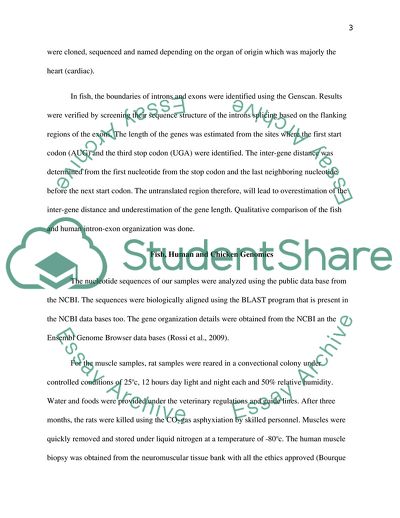Cite this document
(Comparative Genomics Essay Example | Topics and Well Written Essays - 4500 words, n.d.)
Comparative Genomics Essay Example | Topics and Well Written Essays - 4500 words. https://studentshare.org/biology/1816759-comparative-genomics
Comparative Genomics Essay Example | Topics and Well Written Essays - 4500 words. https://studentshare.org/biology/1816759-comparative-genomics
(Comparative Genomics Essay Example | Topics and Well Written Essays - 4500 Words)
Comparative Genomics Essay Example | Topics and Well Written Essays - 4500 Words. https://studentshare.org/biology/1816759-comparative-genomics.
Comparative Genomics Essay Example | Topics and Well Written Essays - 4500 Words. https://studentshare.org/biology/1816759-comparative-genomics.
“Comparative Genomics Essay Example | Topics and Well Written Essays - 4500 Words”. https://studentshare.org/biology/1816759-comparative-genomics.


